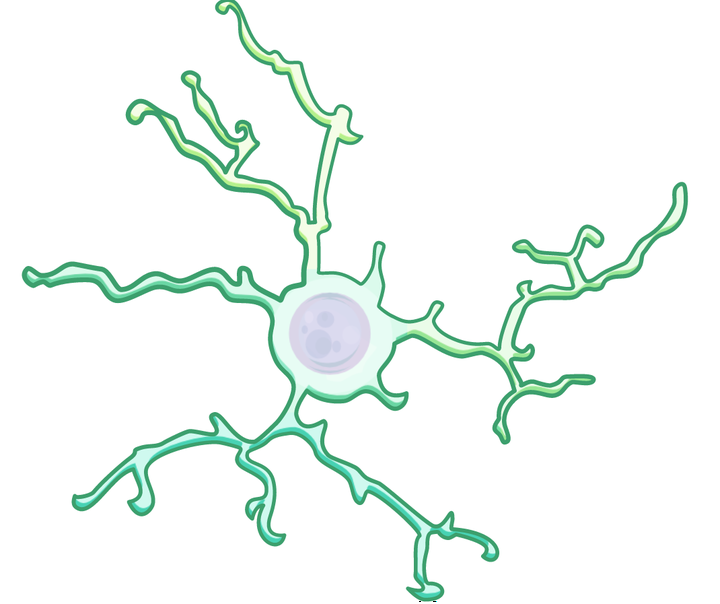
Title: Microglia-triggered hypoexcitability plasticity of pyramidal neurons in the rat medial prefrontal cortex
Journal: Current Research in Neurobiology 3 (2022) 100028
Link: https://doi.org/10.1016/j.crneur.2022.100028
Comments:
Lipopolysaccharide (LPS) can induce a strong innate immune response through microglia, thus triggering the regulation of intrinsic excitability of neurons. Plasticity of the intrinsic excitability is often called intrinsic plasticity, which is underlain by the modulation of Ca2+-activated and voltage-gated ion channels. Researchers found in the experiment that the excitability of L5 pyramidal neurons was decreased when the medial prefrontal cortex (mPFC) of juvenile rats was exposed to LPS, and the regulatory mechanisms of the immune system between mPFC L5 pyramidal neurons and cerebellar Purkinje cells was different. Microglia can be activated when exposed to LPS, and the firing frequency of cerebellar Purkinje cells is increased. This intrinsic excitability increase is induced by the immune system down-regulating the SK channel. On the contrary, the firing frequency of pyramidal cells decreased after LPS exposure in the mPFC. This decrease in intrinsic excitability was due to up-regulation of the SK channel by the immune system and activated microglia secrete tumor necrosis factor-α (TNF-α). TNF-α is shown to trigger the intracellular cascade of Purkinje neurons, intensifying their excitability via Ca2+-dependent protein phosphatases. Therefore, the authors could draw the conclusion that according to the different brain regions and neuron types, microglia inherent plasticity has different directionality.